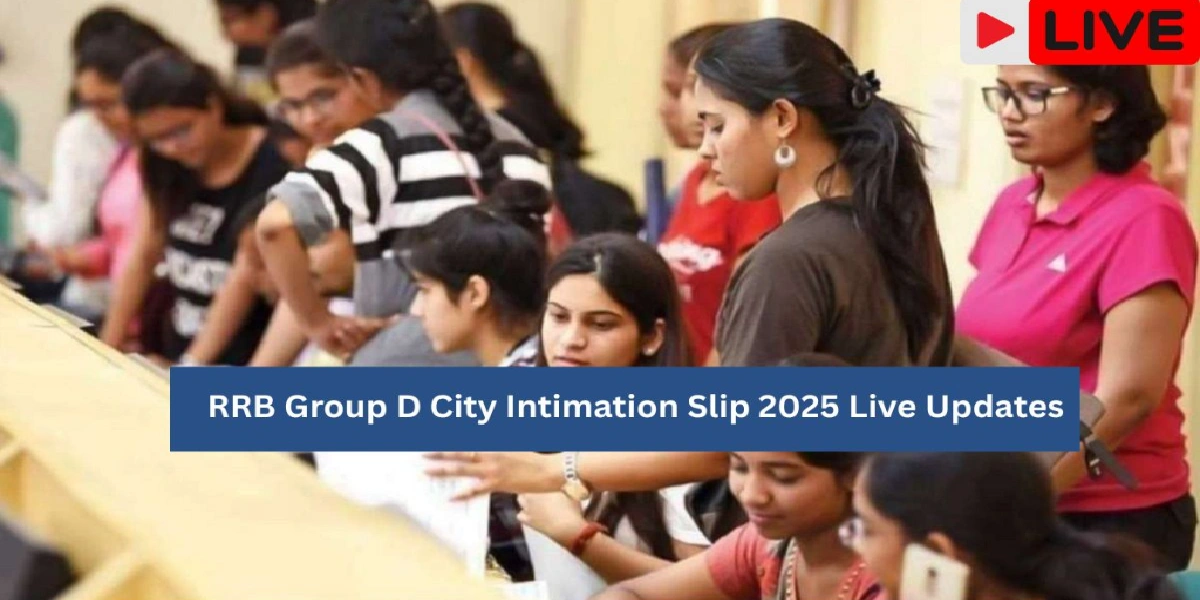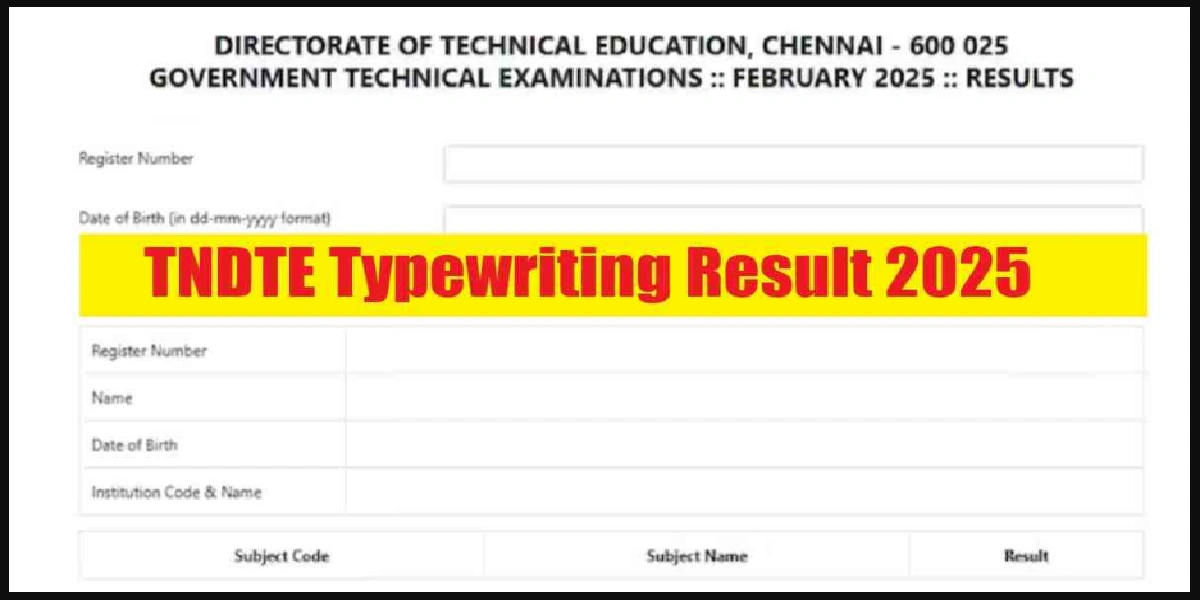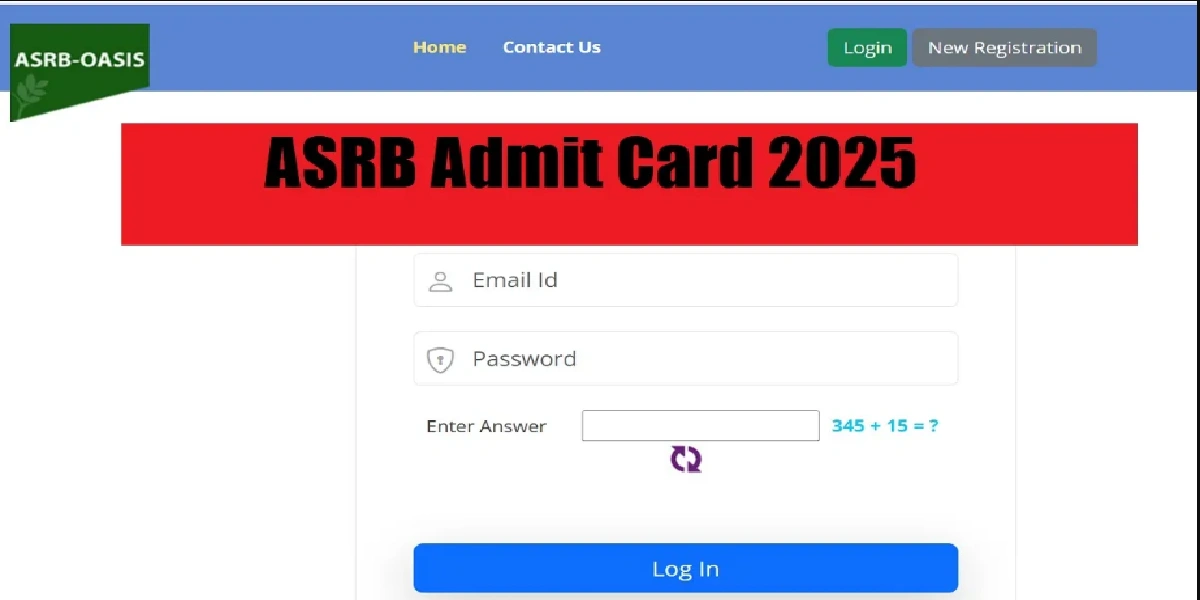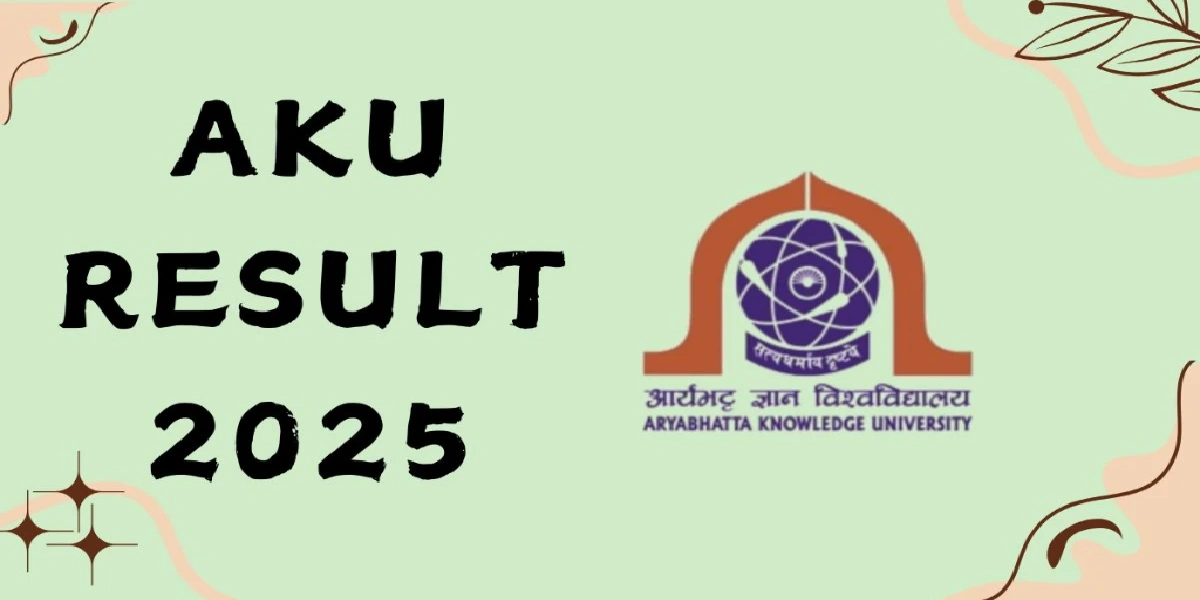When applying to colleges, maximizing your SAT score is key to strengthening your application. Many students take the SAT more than once, hoping to improve their performance in specific sections. That’s where superscoring comes in—a method used by many colleges to combine your best section scores from multiple test attempts, giving you a higher composite score.
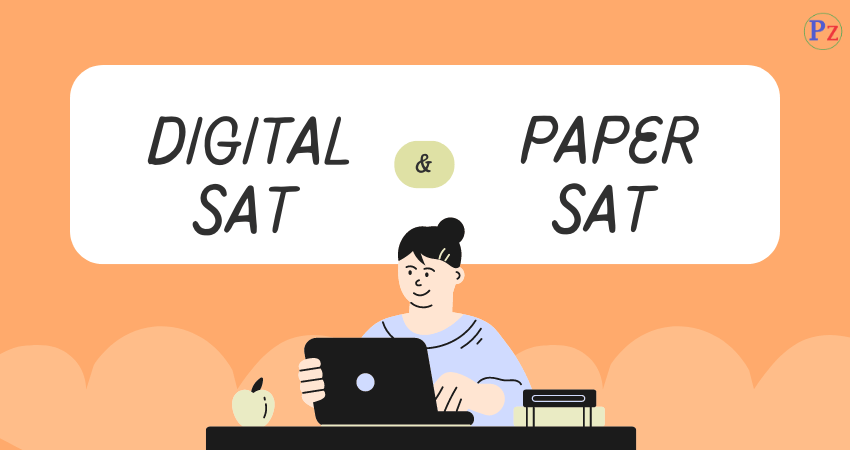
But what happens when a student has taken both the Digital SAT and the Paper SAT? How does superscoring work in this case?
[sc_fs_faq html=”true” headline=”h2″ img=”” question=”What is Superscoring?” img_alt=”” css_class=””] Superscoring is the practice of combining a student’s highest section scores across multiple SAT test dates. For example, if you score higher in Math on one test date and higher in Evidence-Based Reading and Writing (EBRW) on another, some colleges will accept the highest scores from both sections, even if they were achieved on different dates. [/sc_fs_faq]
Superscoring Across Digital and Paper SAT Formats
As the SAT transitions to a digital format globally, many students might end up taking both the Paper SAT and the Digital SAT during this period of change. Fortunately, the process for superscoring remains largely the same.
Here’s how it works:
- Consistent Section Scores: Both the digital and paper versions of the SAT include the same two sections: Math and Evidence-Based Reading and Writing (EBRW). This consistency means that superscoring across different formats is possible since the sections being tested remain the same.
- Score Reporting Differences: While the test-taking experience is different between the digital and paper versions, the scores themselves are reported on the same 1600-point scale. So, colleges that allow superscoring will combine your best Math and EBRW scores regardless of whether they came from a digital or paper test.
- No Penalty for Mixed Formats: Some students worry that colleges may view scores from different formats differently, but this is not the case. When schools superscore, they are simply interested in your best possible performance across both sections, regardless of whether the scores were from a paper or digital test.
- College Policies Matter: Not all colleges superscore, and some may have specific rules regarding the new digital format. Always check the superscoring policy of each institution you’re applying to, as policies can vary, especially during the SAT’s transition to digital testing.
Advantages of Superscoring the SAT
Superscoring can be particularly advantageous for students taking the SAT multiple times across different formats.
It allows you to:
- Focus on One Section: If you’ve done well on Math in the paper SAT but struggled in EBRW, you can focus your preparation on the latter when you take the digital SAT. Superscoring ensures that you get credit for your best performance in both areas.
- Mitigate Testing Day Anxiety: Knowing that your highest section scores will be combined can reduce stress on test day. You’re not locked into one test session to deliver your best overall performance.
As the SAT transitions from paper to digital, superscoring remains a valuable tool for students to present their best possible scores to colleges. Whether you’re taking the SAT on paper or digitally, superscoring gives you the flexibility to highlight your strengths and improve your chances of admission.
Always remember to verify the superscoring policies of the colleges you’re applying to, as each institution has its own approach to handling mixed-format SAT scores. With careful preparation and multiple test attempts, superscoring can work to your advantage—regardless of how you take the test.
| Read More Topics |
| Why do we get worse at games than better psychology |
| Philosophy of Christian education anthropology |
| How to prepare for a law school interview? |
